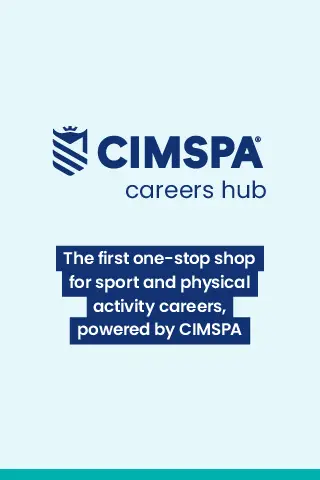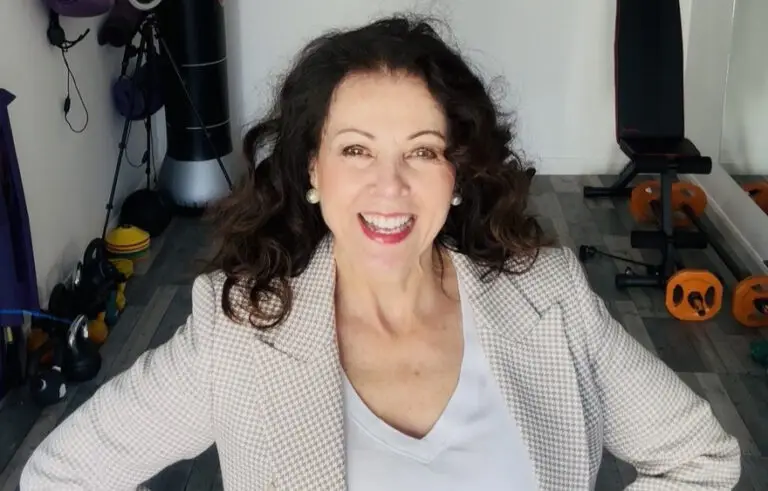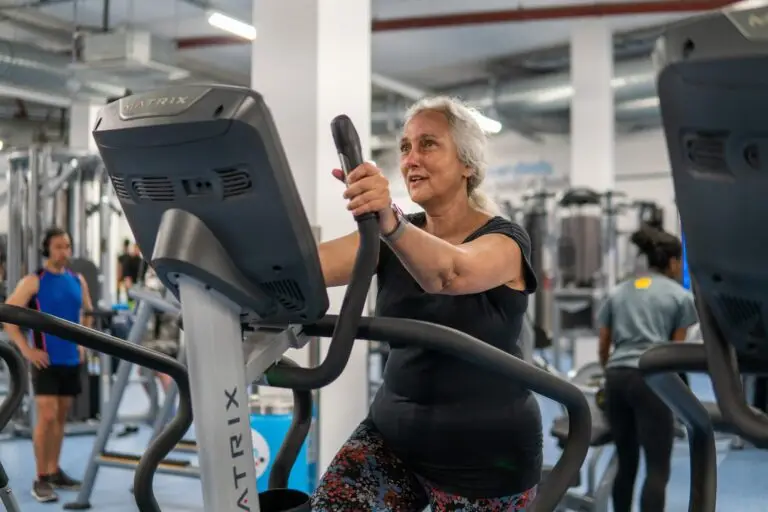Breaking the chain of inactivity: interviewing Dan Richardson
Increasing physical activity is important not only for fitness and health, but also for social cohesion and building communities. We explore an exciting example of how this works.
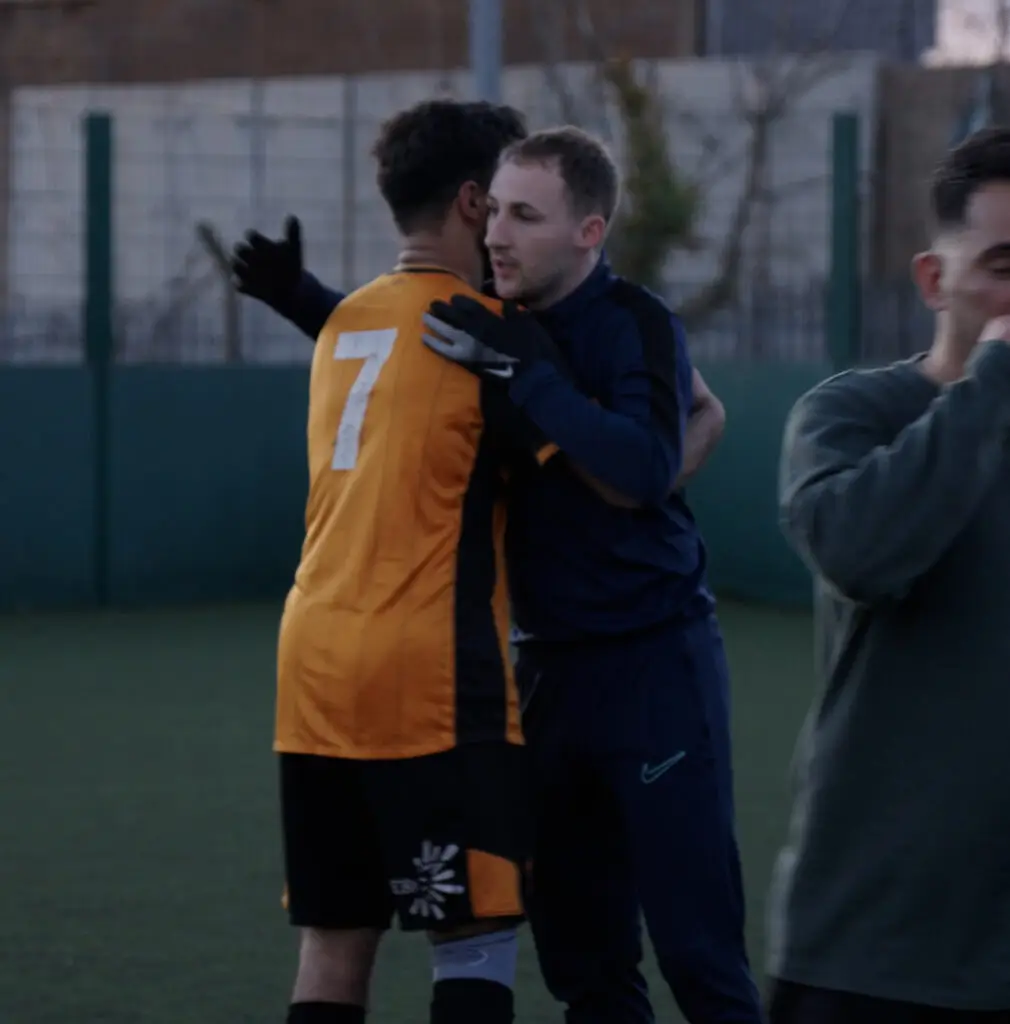
Physical inactivity is a national (in fact, international) crisis. Each individual that doesn’t manage to meet the recommended levels increases their own risk of a whole host of health issues and exacerbates an already overwhelmed NHS. In addition to physical health concerns, being physically inactive is also linked to being economically inactive and suffering from poor mental health.
To put it in a more positive way, we can make a huge impact on these major challenges identified by leading health organisations and the government by supporting people to be more active.
This is a complex task – how can we change the lives of 1.8 billion people around the world? It’s much more manageable when you break it down to considering each of those physically inactive people as an individual with unique needs. While it would perhaps be too optimistic to suggest creating a bespoke solution for each, we can at least look at communities that share common backgrounds, resources and struggles in order to support them in a way that is effective and sensitive to their situation.
Take Leeds, for example. It’s a major city with a vibrant culture, thriving economy and a whole host of green spaces. One in four adults and one in three children are physically inactive, though, highlighting that while the city might be succeeding on the surface, there is plenty of room for its residents to gain healthier lives. As with many large urban areas, it also has suburbs with significant levels of deprivation, revealing contrast between areas even within one region that are difficult to tackle with a whole-city approach.
So, let’s zoom in further. Seacroft is a suburb of Leeds. The area is known for its high crime rate and faces significant levels of deprivation, meaning that despite it being home to a traditional village green – a fantastic, free outdoor space – the local community was one of the many that struggled to reach the recommended physical activity levels. Until Dan Richardson changed things.
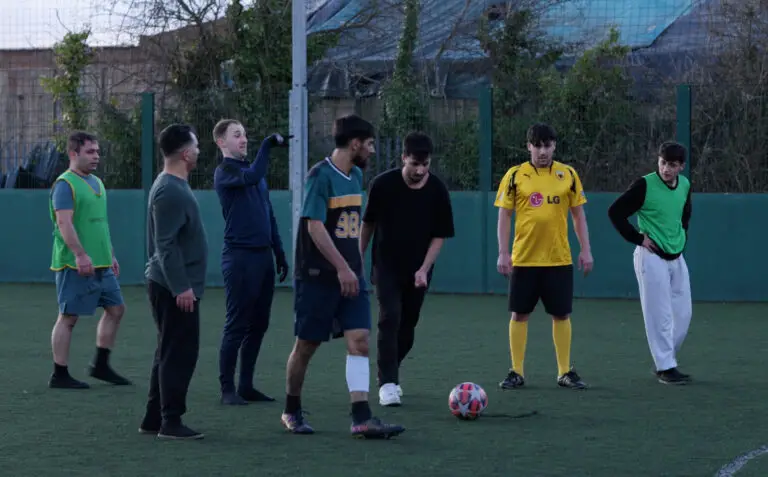
Visible and accessible sessions
Dan is the community sports and health officer for local charity LS14 Trust. Named for the area’s postcode, the organisation provides a range of hyper-local services, from art therapy to hot meals, as well as sports sessions for a wide range of age groups.
Generally in the evenings and mostly football, Dan offers sessions for young people from 7 to 18 as well as adults to get moving and socialise with their peers in a health-positive way. He has built up a following thanks to his reputation as a real local – having grown up in Seacroft and still living in the area, he knows local families, is friends with older siblings and in the daytime often visits schools in the area to support children who aren’t engaged with education. Running sessions on the village green is also free advertising – many Seacroft residents spend time in the park and see Dan’s football coaching taking place.
Dan regularly sees the children being boisterous and causing trouble in the park take notice. Once one recognises his face, they’ll often approach to say hello and ask questions. With a little encouragement, they join the activity and their friends follow.
Although Dan is pleased when the children join his football session, he doesn’t see the kids hanging about in the park as a “problem” – it’s not their fault if there’s nothing for them to do:
“In Seacroft we are quite lucky compared to other areas in terms of green space. Unfortunately, though, there’s not much of a sports offering. We just don’t have the equipment – we don’t have a single tennis court, there are no badminton halls. There are football pitches, but they cost £5 for two hours. People in Seacroft do not have £5 for a child to play football for two hours, and that’s even if they can access the pitches – most evenings, they’re booked up with classes and matches.
It’s important that we provide this service and that we do so in the centre of Seacroft. We take physical activity to the children that live here.”
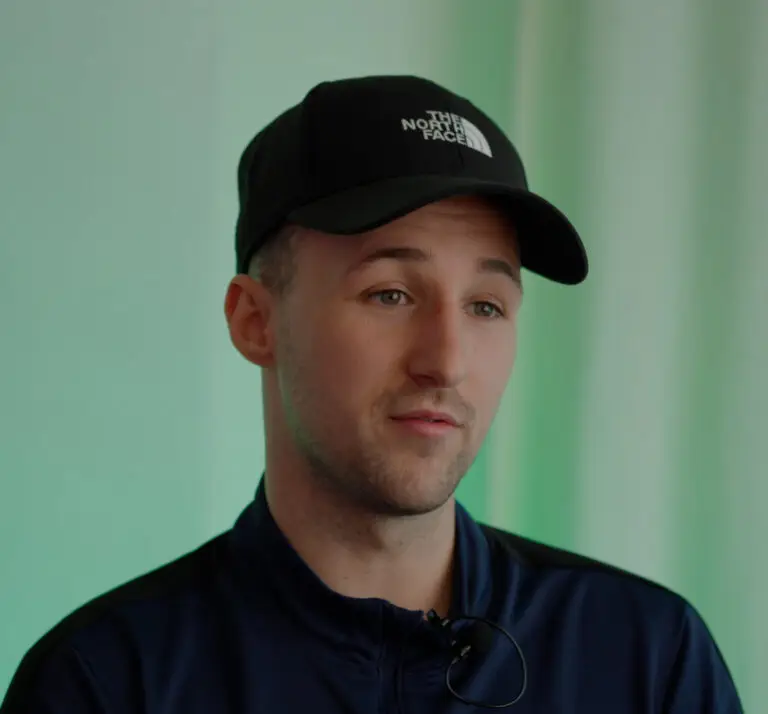
The role model also recognises the importance of ensuring the activities are offered on a regular basis:
“For a lot of children, support hasn’t been offered consistently. Speaking from my own experience growing up here, there have been false promises from organisations that mean well but are unable to deliver. Now I am in a position where I can say that I am here every Monday and every Wednesday.
During the holidays, we also run sports camps. For a lot of children with special educational needs and disabilities (SEND), routine is particularly important, so continuing to offer the service, whether it’s the holidays or not, is key to keeping them involved.”
Initiatives like the LS14 Trust’s sports sessions are extremely important in areas where facilities are lacking. Cheap to run and easily accessible, activities like this based in a local park also appeal to those for whom a leisure centre would seem alien and perhaps an intimidating place to get started in. As such, community sport plays an essential role in tackling health inequalities in disadvantaged communities, and the foundation of this is coaches like Dan who understand the specific local needs and opportunities.
Engaging asylum seekers
While there are already many similar initiatives to offer sport and physical activity to more young people across the country, Dan has also pioneered a new type of football opportunity. Initially gaining funding to offer sessions exclusively for the asylum seekers in a nearby hotel, he has now been able to open these up to locals, too. This has created a unique environment for fostering communication and cooperation.
The community sports coach pioneered the idea himself after noticing attitudes towards the asylum seekers in the area. With negative stereotypes common and little open communication due to language barriers, there was a rift between the two distinct groups of the locals and the new arrivals. One thing they had in common, though, was a lack of physical activity. Living in a hotel, the asylum seekers lacked private outdoor areas and felt too unsafe to play sports in Seacroft’s public green spaces.
Dan explains his motivation for offering the mixed football session, which is open to all asylum seekers and locals aged 16 and above:
“We don’t know what’s going on in people’s minds or in their groups of friends. What are they being told about asylum seekers?
The idea of the session is to bring people together; to break down barriers and the chain of negative language and ideas being passed on within households from adults to children. I want to break that chain for the young people in Seacroft so that when they have kids, they’re not using the same language and they’re more open-minded to diversity.”
As a respected figure in the community, Dan realised that he was in a position to challenge the unwelcoming behaviour:
“I was lucky to go to a school that was very diverse, and so I had a lot of friends that were from different countries around the world. I was able to learn about all of their cultures, and it was normal to me. Coming back to Seacroft, though, which is a white-dominated area, my views were challenged and changed by my peers because I was constantly around people circling rumours and questioning the presence of asylum seekers in hotels.
I understand how young people are swayed by their friends and households through my own experience, so I wanted to bring them together in a space where the asylum seekers feel safe, and the locals can ask questions. We’ve created a really nice atmosphere.”
Dan has been clever about opening up this communication channel, though. Having travelled from a broad range of locations across the globe, the asylum seekers in the area speak many different languages. This naturally has been part of the problem in the first place, as it might seem difficult to find commonalities if you can’t talk to each other. However, through playing the team sport of football together, the groups of young men have been able to bond without many words. As Dan puts it, “the football allows them to do the talking”, with gestures, actions and simple phrases in the context of a kickabout allowing participants to become comfortable around each other and open up opportunities for getting to know each other a little better.

New opportunities on the horizon
Building on the success of his work, Dan is now looking at stepping away from the LS14 Trust to set up his own sports-led charitable organisation. Remaining in the Seacroft area, he intends to offer a broader sports provision to attract a wider range of inactive individuals from the local community.
Instead of solely football within structured sessions, Dan plans to have a container of sports equipment for supervised use on the village green. With ping pong tables, badminton nets, basketballs and more, he hopes to give children (and adults) that aren’t interested in football a chance to get active and enjoy sport.
Continuing his work with asylum seekers is also a priority for Dan. On that basis, he is looking at setting up a cricket team – many of those he has spoken to have mentioned enjoying the sport and wanting to play it. Not being an expert himself and seeing an opportunity to provide additional value, Dan is hoping to give more ownership of the team to the asylum seekers themselves. In supporting them to coach their own team and run sessions, the asylum seekers will gain valuable new skills that could help them to gain work permits and job security.
Not only does Dan’s current and future work break a chain of inactivity for everyone living in his local area – from children with nothing to do to asylum seekers with nowhere to go – it also promotes social cohesion and creates a safer, more friendly environment for these people to be active in. Many people find beginning to incorporate physical activity into their life intimidating, but being surrounded by friendly faces in familiar environments is a key which Dan and the LS14 Trust used to unlock that change.
The sport and physical activity workforce across the UK is capable of and already actively making a widespread impact like this on a regular basis. While teaching people how to improve their sporting skills or fitness levels is part of the job, so too is making people feel comfortable, creating communities and boosting confidence.
In doing so, sport and physical activity professionals are improving the lives of thousands of people across the country – with more confidence, they are trying more forms and amounts of physical activity. With more physical activity, they are improving their health and with better health, they are able to work better and improve their local and the national economy. The sport and physical activity workforce can create a new chain that benefits everyone.




